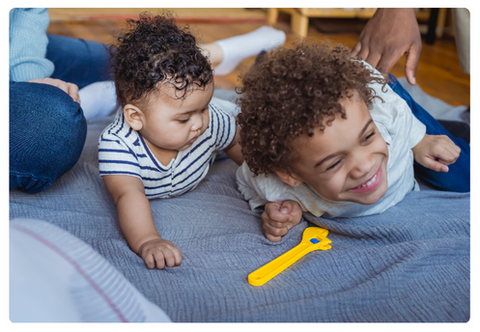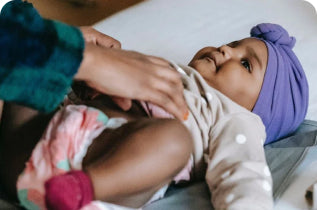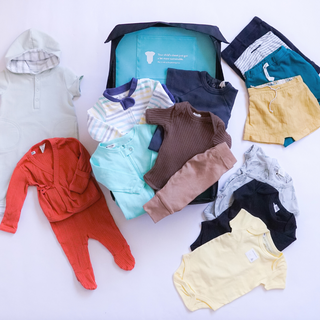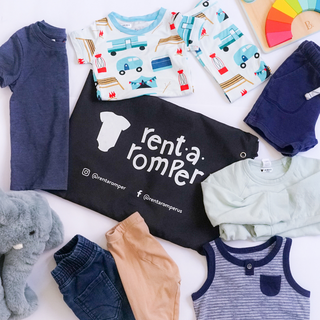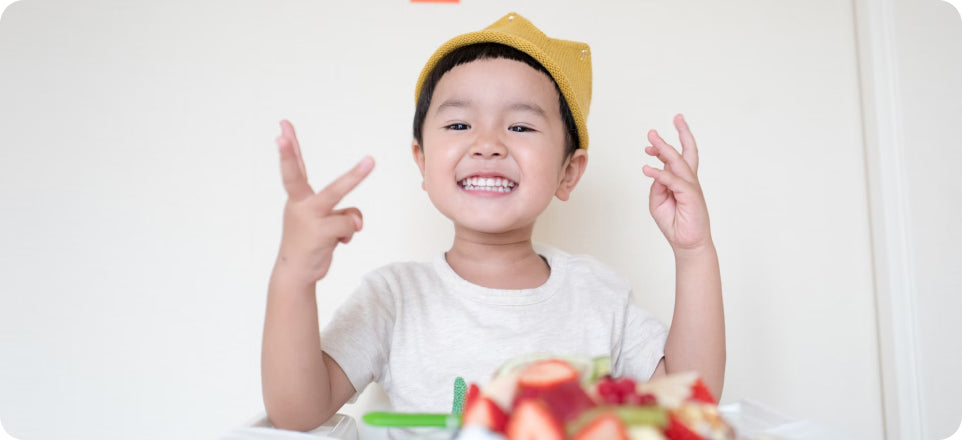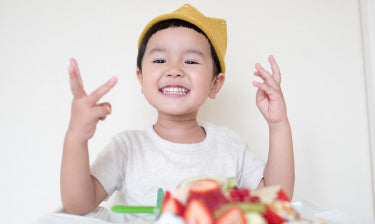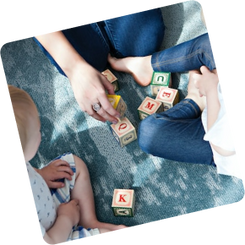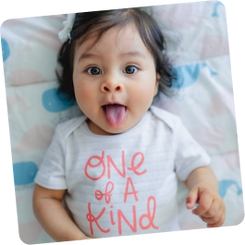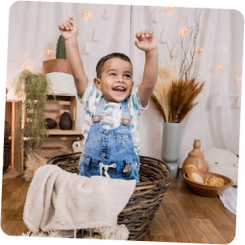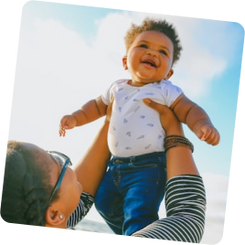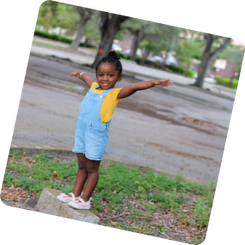baby clothes
February 16, 2024
How to Find the Right Size Baby Clothes
Decoding 0-6 Month Apparel
Welcoming a new member into the family is an exciting and joyous occasion. Among the many preparations, shopping for baby clothes is often a top priority for expecting parents. However, navigating the world of baby clothing sizes can be confusing, especially when considering the rapid growth rate of infants. In this guide, we'll dive into the mystery that is baby clothing sizes and prevent you from just running to the closest shop and adding the full rack to your cart.
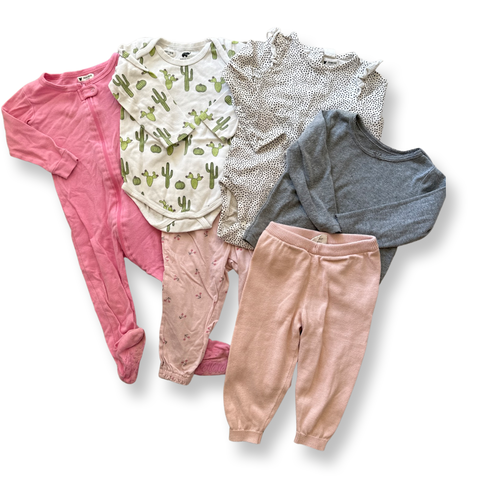
Understanding Baby Clothing Sizes
Baby clothes are usually labeled according to age ranges, such as newborn, 0-3 months, 3-6, 3 6 months up, and so on. These age ranges are meant to provide a general guideline for sizing, but it's important to remember that every baby is unique and may not fit perfectly within these categories.
Depending on the brand, baby clothes may also be labeled by an age estimate rather than a range, with items such as newborn, 3 months, 6 months, and so on. While every brand typically sticks to their same method, it can make comparing sizing between brands difficult for a new parent.
Q: Is 3-6 months the same as 6 months?
A: Yes, 6-month clothes and 3-6 month clothes are essentially the same. Both sizes are designed to fit babies who are approximately 3 to 6 months old. In general, clothing labeled as "3-6 months" or "6 months" typically fits babies from 3 months up to around 6 months of age, depending on the baby's size and growth rate. The difference in labeling is primarily a matter of how the size is described by different manufacturers or brands and just another way to confuse us parents. Similarly, 0-3 months is the same as 3 months and so on.
Factors to Consider to Choose the Right Size
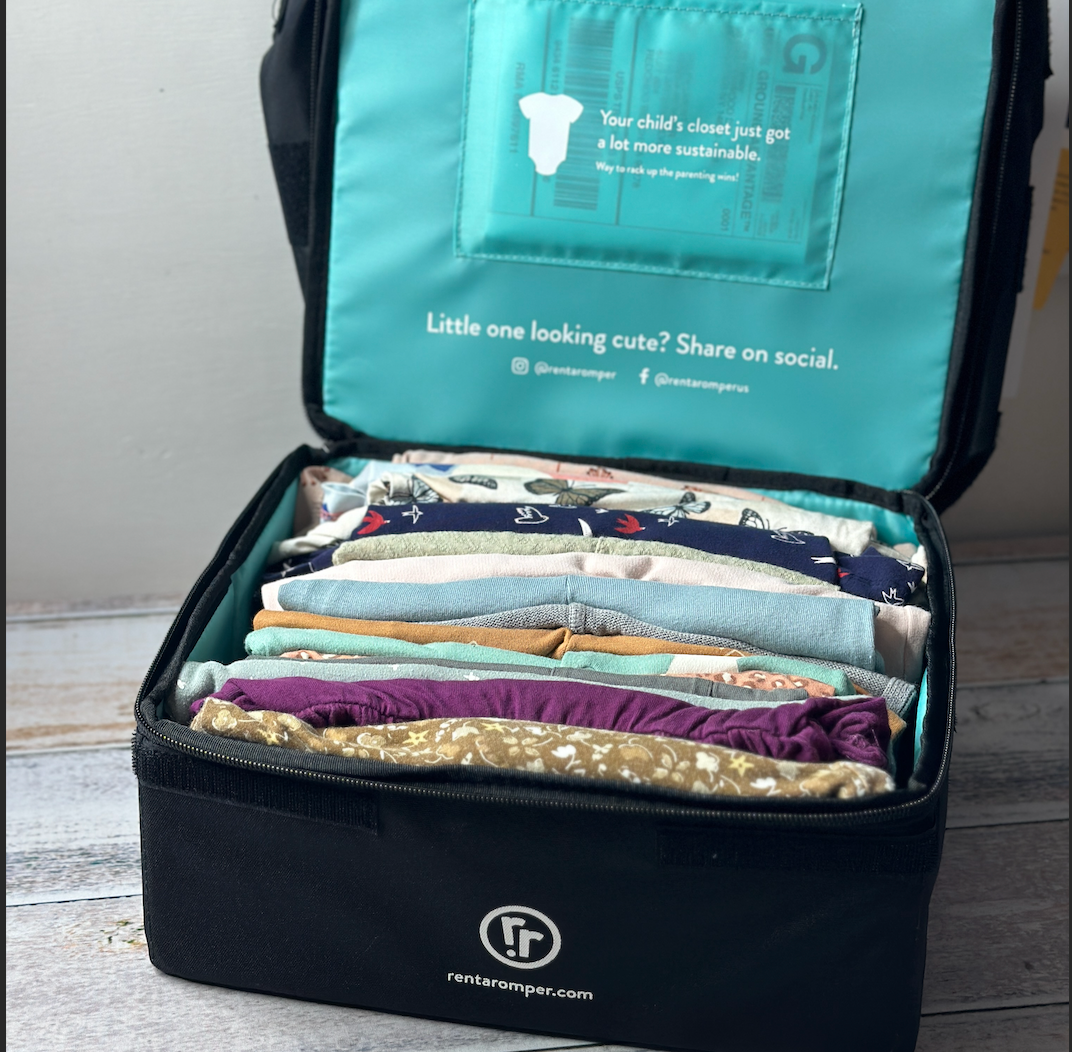
Focusing on the 0-6 month age range, a critical period of development for infants, use some of these techniques to find the right size for your baby.
1. Measurements Matter: Use a soft tape measure to measure your baby's chest, waist, and length to ensure a proper fit and consult brands' size guides.
2. Room to Grow: Babies grow quickly, so it's wise to choose clothing that allows for some room to accommodate growth. Look for garments with adjustable waistbands, stretchy fabrics, and elastic cuffs for flexibility.
3. Consider Baby's Weight: If your baby falls within the size range but is smaller or larger than average, consider their weight when selecting clothes. Many brands provide weight guidelines to assist with sizing.
4. Unisex Options: For parents who prefer gender-neutral clothing or are keeping the baby's gender a surprise, there are plenty of adorable unisex options available.
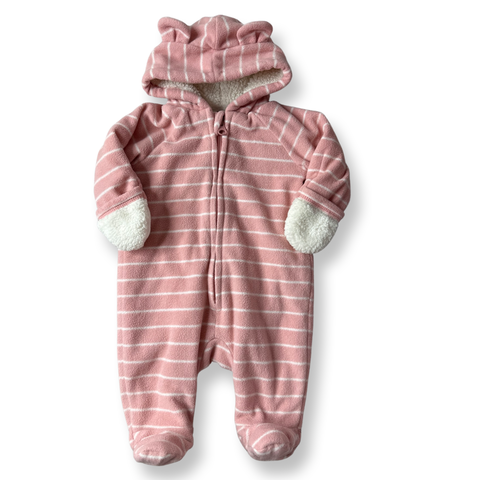
5. Seasonal Considerations: Consider the season in which your baby will be wearing them. Opt for lighter, breathable fabrics during warmer months and layering for colder seasons.
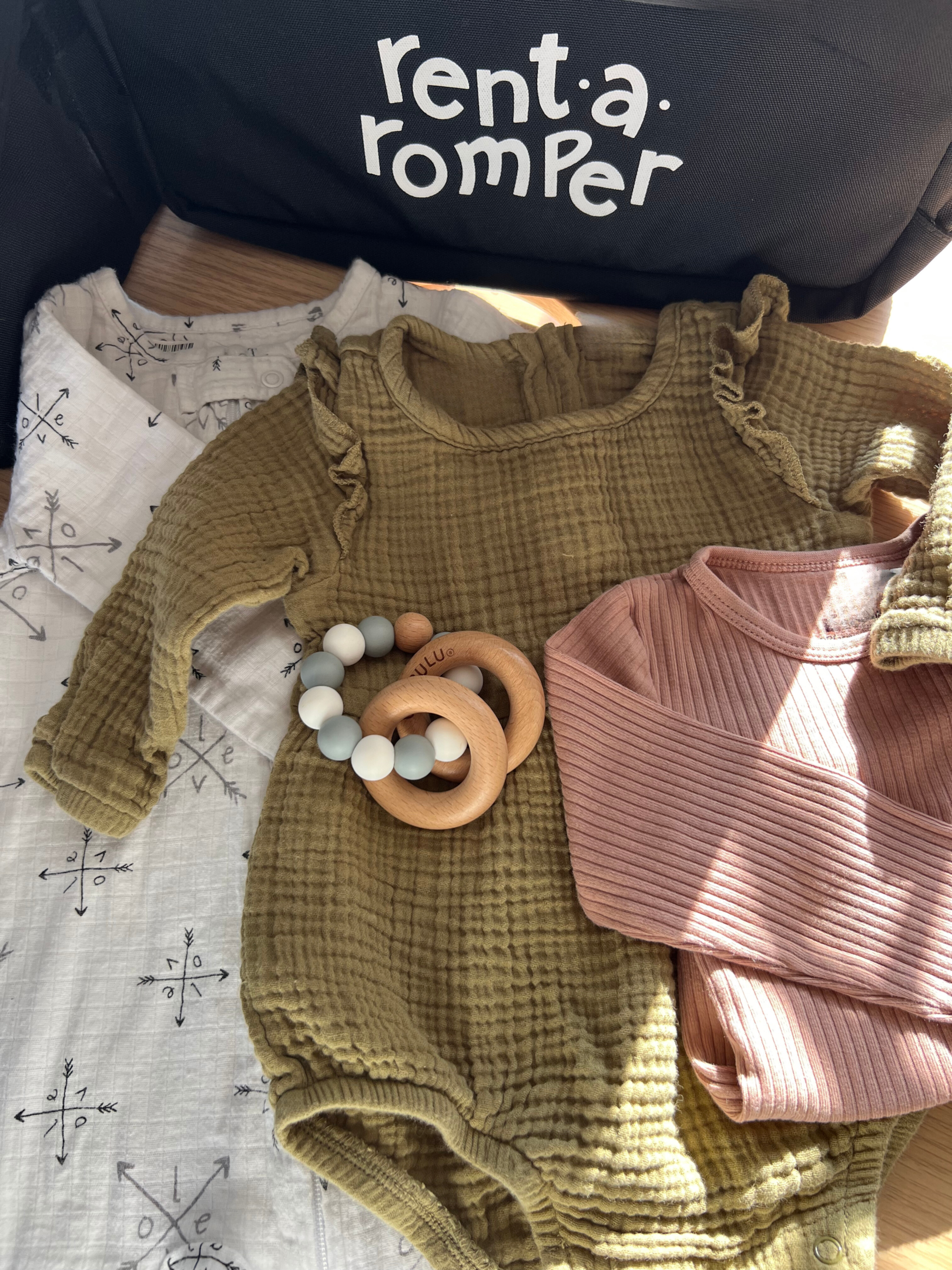
Styling Tips for Baby Boys and Girls
Once you've determined the right size, it's time to have fun with styling your little one's wardrobe. Here are some styling tips for your baby during the first six months. We like to start by thinking about your typical routine during a week to know what type of clothing your baby will need as well as the season, then pick options you can mix and match from there.
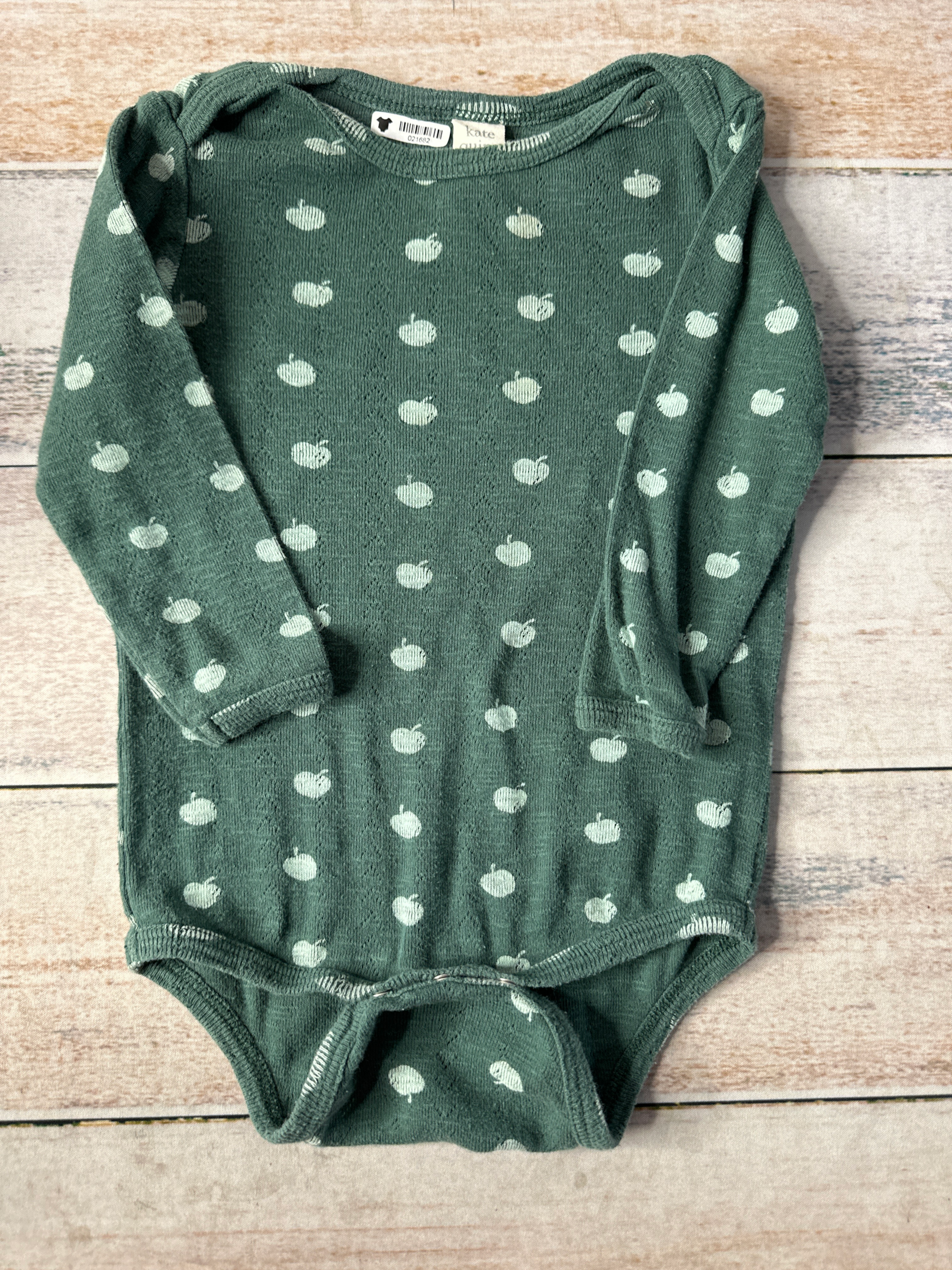
Bodysuits
Bodysuits, also known as onesies or babygrows, are staple items in any newborn's wardrobe. These essential items are easy to change and are comfortable for the baby throughout the day. Opt for bodysuits with snap closures at the bottom for added convenience. Stock up on a variety of short-sleeved and long-sleeved onesies to accommodate changing weather conditions. You can read about all types of bodysuits and their pros and cons on our blog.
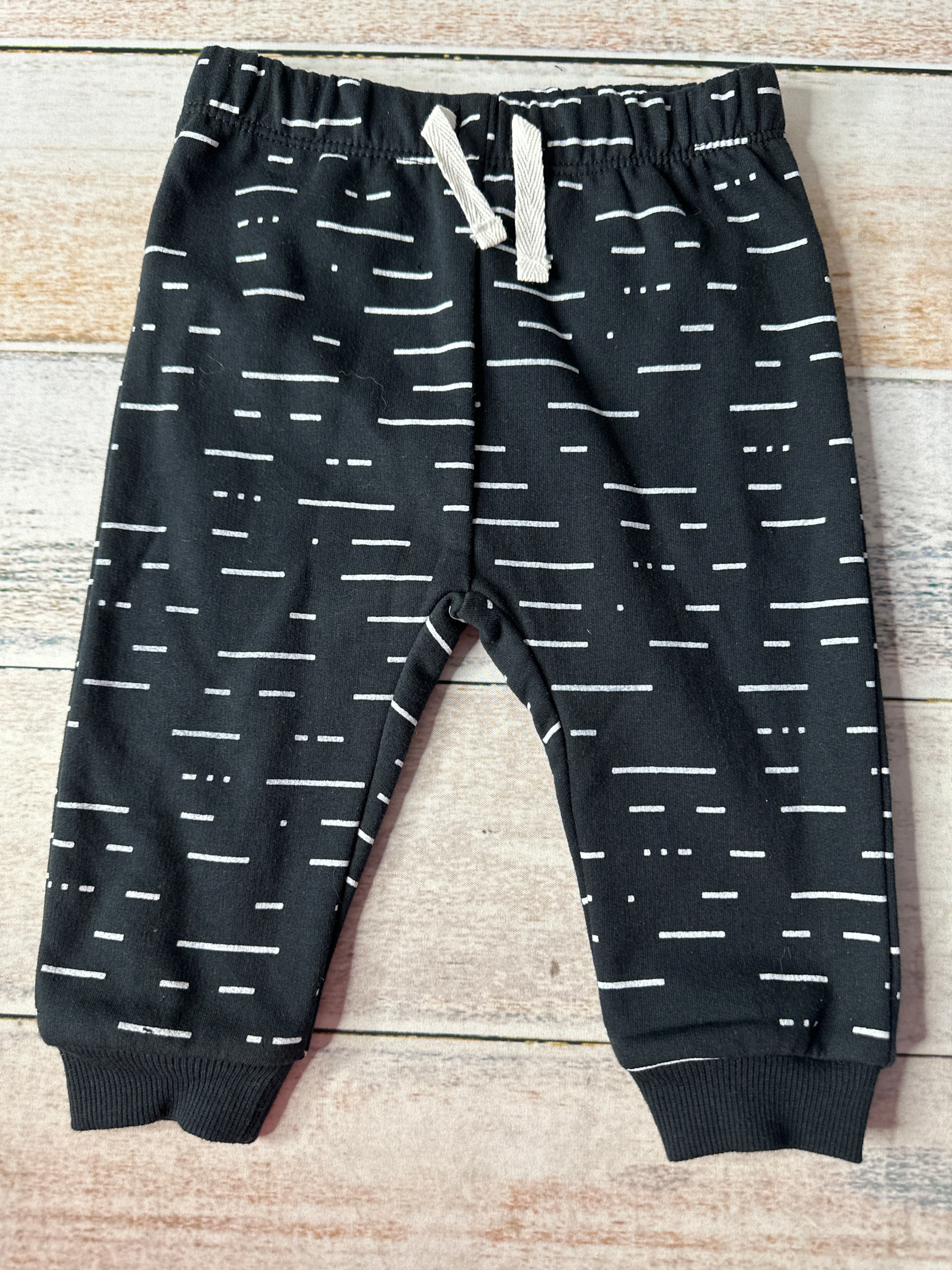
Pants
Soft pants or leggings are perfect to pair with a bodysuit for outings or to lie around the house. Choose pants with a flexible waistband during the first few weeks of life while the belly is healing from the umbilical cord. Some brands offer pants with feet which makes sure you don't have to deal with losing tiny socks.
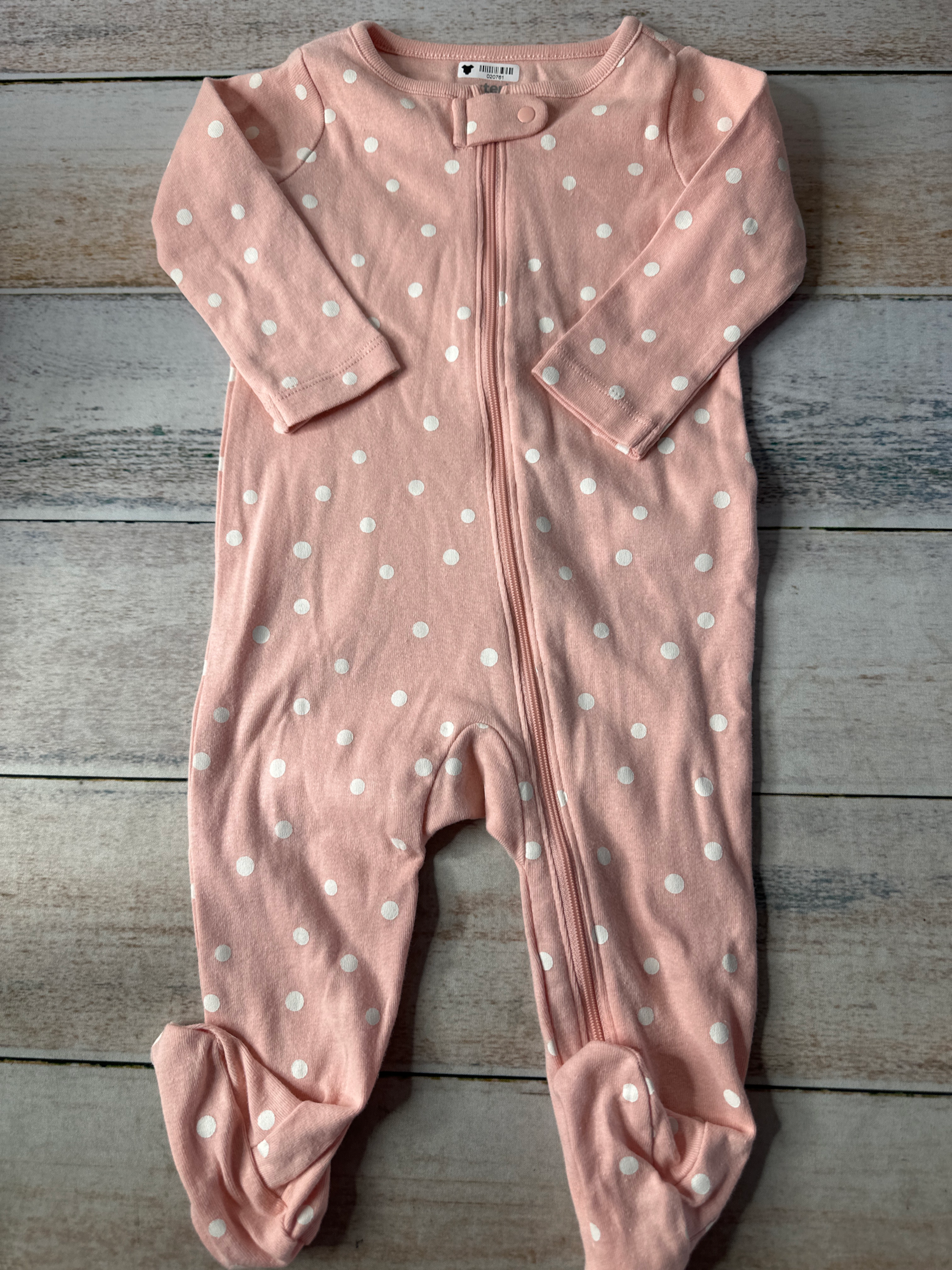
Footed Pajamas
Footed pajamas, also known as footies or sleep-and-play outfits, are essential items for keeping your baby cozy and warm during bedtime or lazy lounging days. These one-piece garments feature built-in foot coverings, eliminating the need for separate socks or booties. Choose footed pajamas with zipper closures for easy dressing and diaper changes.
Hats and Mittens
Newborns are particularly susceptible to heat loss through their heads, making hats essential for regulating body temperature, especially in cooler environments. Additionally, mittens help prevent your baby from scratching their delicate skin and provide warmth during outdoor outings. Choose hats and mittens made from soft, breathable fabrics to ensure comfort and protection for your little one.
Booties
Tiny toes need to stay warm and cozy, especially during the early months of life. Socks and booties are essential for keeping your baby's feet snug and protected, whether indoors or outdoors. Look for socks with ribbed cuffs or elastic bands to ensure a secure fit that stays in place throughout the day.
Making the Best Choices for Your Baby
Choosing the right size baby clothes takes thinking about growth rate, brand variations, and seasonal needs. By monitoring their height and weight, allowing room to grow, and considering your baby's individual characteristics, you can ensure a comfortable and stylish wardrobe for your little one. Whether you're shopping for a baby boy, baby girl, or opting for gender-neutral items, embracing the joy of dressing your baby adds to the excitement of parenthood.
And if all of that seems too overwhelming, Rent a Romper is a simple and sustainable way to dress your little one from birth to age 5. We take the guesswork out baby clothing and curate a wardrobe that works for your little one as they grow. Swap anytime you need as they grow.
Start a membership today and let us take this off your plate!


